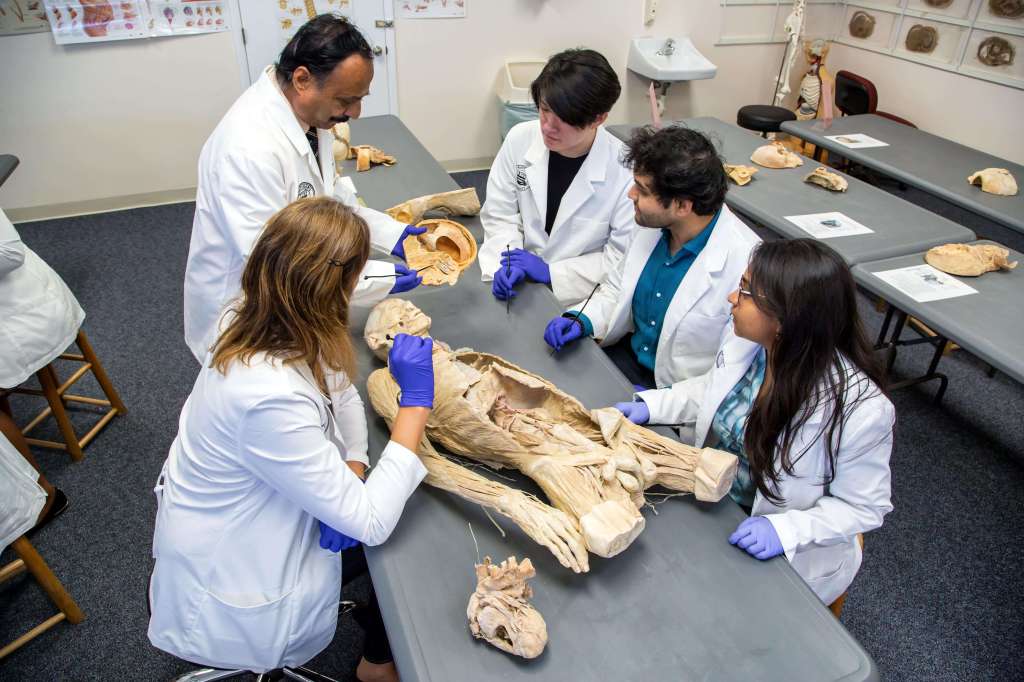
MD Program
Our basic science courses and clinical rotations – your first steps to becoming an MD. Start in September, January or May
The MD Program Overview
Our curriculum integrates basic and clinical science to give students an understanding of the human body in health and disease.
This approach enables students to use their knowledge not just to treat patients, but also to prevent disease and promote good health.
Throughout the first two years, students participate in a series of clinical medicine courses that focus on the art of patient care and preventive medicine. What is unique about St. Matthew’s University School of Medicine program is that these courses are integrated with Cayman Island’s world-class healthcare system. The courses offer students access to hospital and community clinic experience and hospital-based research.
Student Training
The medical students of St. Matthew’s University gain hospital experience in collaboration with two state-of-the-art hospitals. Students visit these hospitals while touring with physicians, making patient rounds and reviewing charts with physicians and nurses.
Both hospitals are only a few minutes from the St. Matthew’s University campus.
The Cayman Island Hospital is a 124-bed facility located in George Town. The hospital offers numerous specialty services including orthopedics, rheumatology, radiology, gastroenterology, dental and eye clinic as well as emergency services, operating rooms, maternity unit and general practitioner offices. A pharmacy and professional library are also located within this modern campus.
The Doctor’s Hospital (former CTMH) is a private, 18-bed facility located on Walkers Road in Grand Cayman. The Doctor’s Hospital offers 24-hour Urgent Care available 7 days a week along with the Family Practice office which is open 7 days a week. This modern facility houses two operating rooms as well as a maternity unit with four private birthing suites. Specialty services include cardiology, podiatry, dermatology, and psychiatry.
Academic Calendar
Seminar Series
St. Matthew’s University School of Medicine is proud to sponsor frequent Continuing Medical Education Conferences in collaboration with leading medical organizations such as Johns Hopkins and Cleveland Clinic. Presenters are often among the top practitioners and researchers in their respective fields, and attendees include St. Matthew’s students and faculty as well as Cayman Islands medical professionals.
Medical Organizations
Center for Learning Enhancement
At St. Matthew’s University School of Medicine, we are as committed to your dream as you are. Our faculty and staff do everything possible to maximize your opportunity to succeed academically.
To that end, we have developed SMUSOM’s one-of-a-kind Center for Learning Enhancement (CLE). This center provides a set of services that are integrated with and integral to the overall program for learning at SMUSOM.
The CLE’s mission is to assist and encourage medical students to develop their academic and personal skills to foster greater academic success. These goals are accomplished through services of the CLE which include Faculty Reviews and Tutoring, Teaching Assistants, Peer Tutoring, Academic Development Workshops, and our unique Student Development Course. Qualified counselors also serve as Academic Advisors to offer individual help on request.


